[PAX South] Hands-On Look At Dark Sci-Fi Souls-like Hellpoint
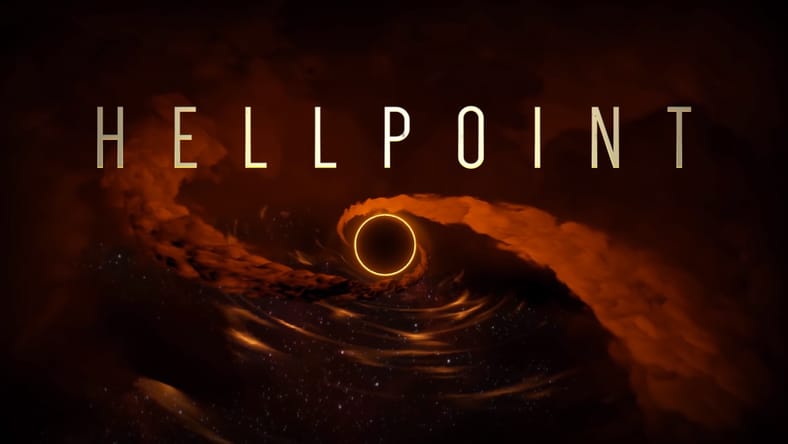
You know, we really should be more stringent with how we use the term Souls-like. There’s no denying that the Souls franchise revolutionized the ARPG genre, but not every game with a stamina bar and checkpoints is in the same family. Did everyone just forget that Megaman and Ninja Gaiden were hard over 20 years ago? Or that most games have a checkpoint system? That being said, with some games it really is the best description. Games like Lords of the Fallen or Ashen make no efforts to hide their inspiration. It’s nothing to be ashamed of. I’m a serious Souls addict myself. When I see a new one, I’m immediately compelled to give it a taste. I just want to make sure the quality of my fix is pure.
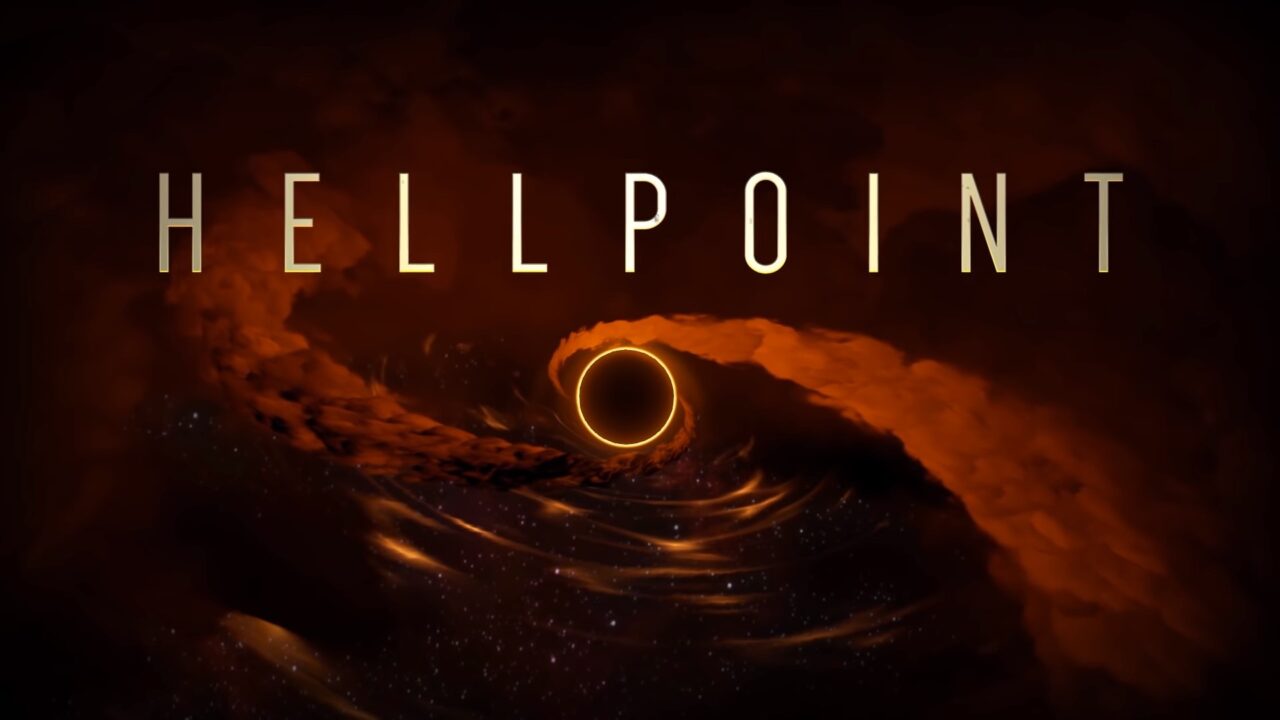
Carrying on this tradition of games that probably wouldn’t exist if not for Dark Souls is Hellpoint. From Canadian developer Cradle Games, Hellpoint is pretty clearly Dark Souls in space. Once again, this isn’t a dig. The Surge 2 was basically just sci-fi grunge Dark Souls, and it was one of my favorite games of 2019. So when publisher tinyBuild contacted me with the chance to check it out at PAX South, it made it one of the priorities in my schedule. I got about 30-minutes of hands-on time with Hellpoint, which left me with more questions than answers.
Starting off, you play as an android that looks like Sonny from I, Robot going through a scene phase. You don’t pick any kind of class at the start, and your stats all start at 1. There isn’t a lot of jargon you have to parse through (I’m looking at you, Code Vein), making the transition from a regular Souls game to Hellpoint pretty smooth. You quickly get enough Axiom (exp/money) to start upgrading your stats, which I was able to do about 10 times during my demo. You also come across an assortment of weapons with easy to understand modifiers based on your stats. Strength upgrades your strength weapons, dexterity the dexterity weapons, etc. The one stat that stood out is drain, which charges up your reusable healing item. You get a set number of this item every time you rest, but the ones you use can be replenished by hitting enemies. Think a mix of Estus Flasks and Blood Vials.
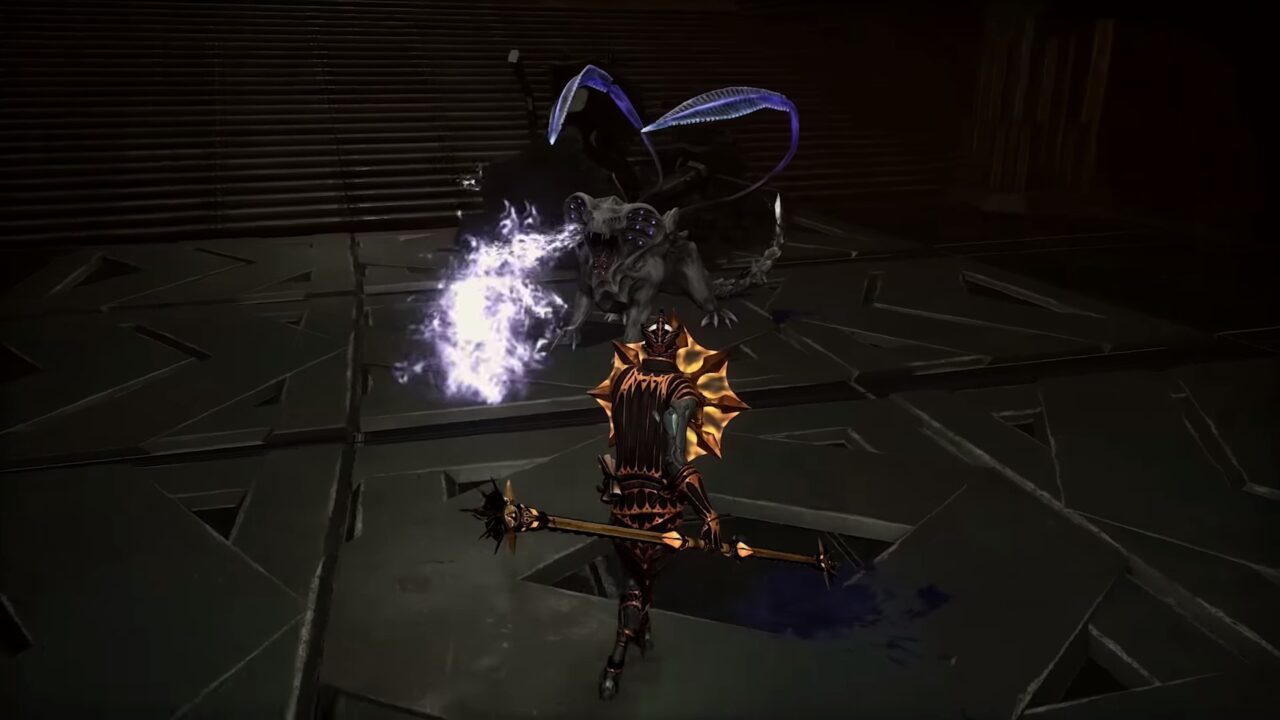
The way that Hellpoint differentiates itself from similar titles is in the Quantic system. On the top right of your screen, a dial will depict what hour of the day it is in-game. The way it was described to me during the demo, this meter depicts your orbit around an evil spacial anomaly. The higher the meeter, the stronger the enemies will be. Stronger enemies drop better loot, and certain paths and events will only be available at specific points in the orbit. So for the seven of you out there that have played Demon’s Souls, it’s like world alignment based on time instead of how much you suck.
Full disclosure, I did not have enough time in my demo to actually test this system out. For all I know, it could just make things different colors. I also didn’t get to check out any of the branching story elements that Cradle Games states are a core of the game. As they describe, “You play as a mysterious ghoulish character whose intentions are entirely determined by your decisions. Everything is designed to give the game character and make its freshness renewable so that a creeping Stockholm syndrome begins to develop with the delphian space station on which the experience is taking place. With a deep, twisted, mind-breaking and multi-layered lore system to sink teeth in, the team at Cradle Games made a smaller but deeper game world that keeps entertained. Add in the dynamic Quantic System based on 21 hours’ orbit cycles, digging deeper into the mystery with each new game pluses and new game endings and you have there the vision for Cradle games: to forge a world that is truly spinning somewhere out there among the stars.” I have no idea how any of this works, or if the game will give you Stockholm syndrome.
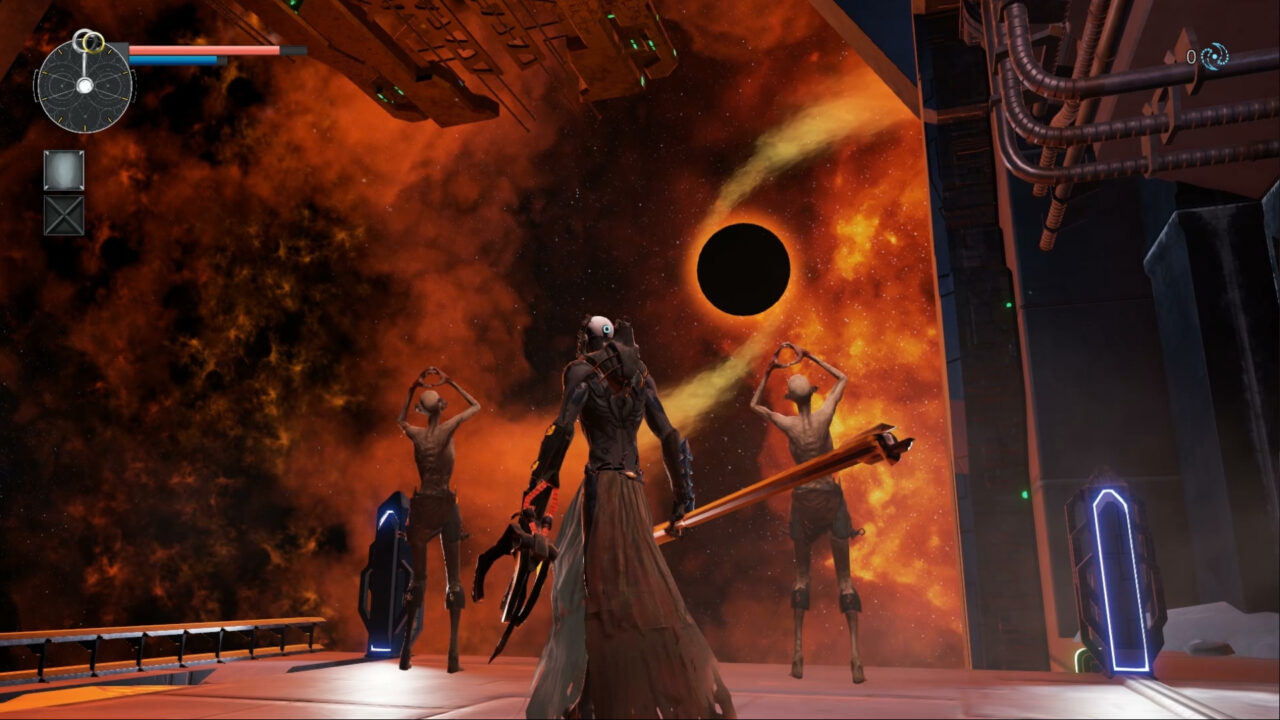
What I primarily got to experience was Hellpoint‘s combat. And from what I saw, it was okay. You have your light attack, heavy attack, block, and stagger move, and that’s about it. Maybe there are spells and abilities you get later in the game, but I didn’t see any. Now with any new Souls-like game, you have to go through a process of figuring out the quirks of the system. The timing of the weapon swings, backstab windows, stagger threshold, damage absorbed when you block, things that you just have to get a feel for that found the basis of your skillset. What immediately lept out to me is what Hellpoint was missing. Rather than a backstab animation, you’ll do 50% more damage when attacking from behind. There is no parry, and blocking still means you take a hefty chunk of damage. There are likely shields later in the game that mitigates more damage (Dark Souls had a similar system for shields), but dodging seemed the only real path to victory.
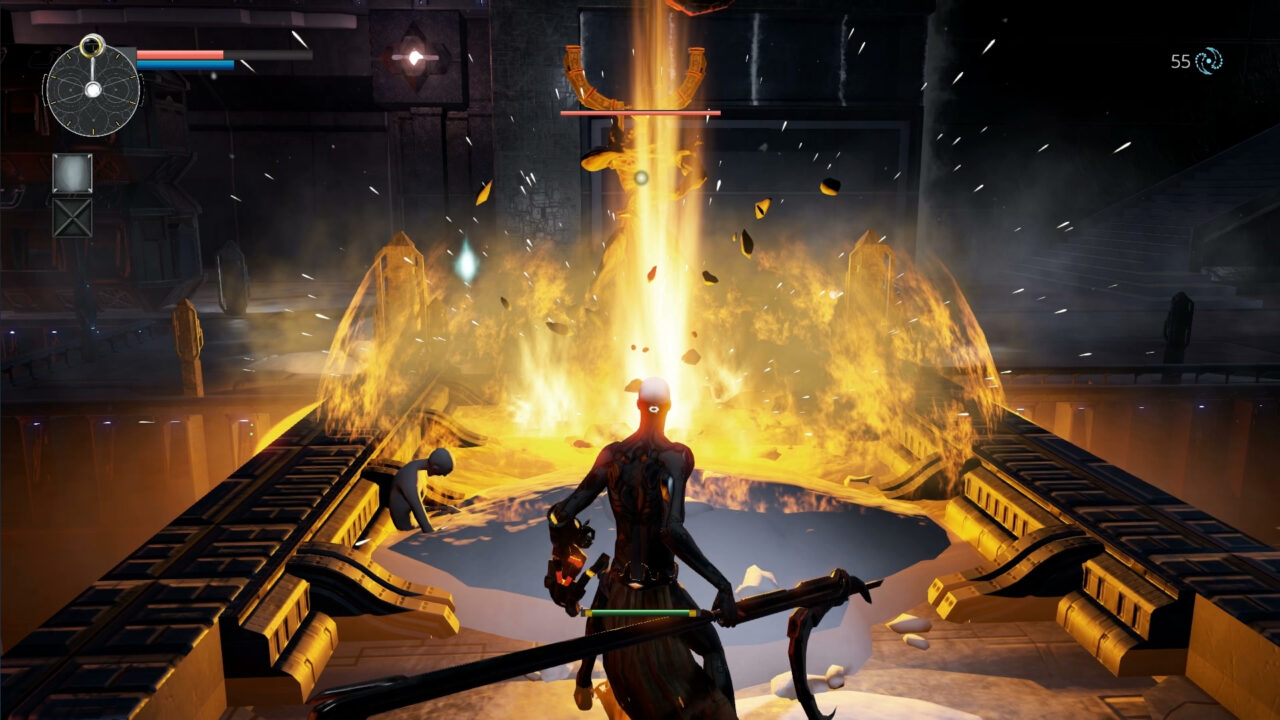
However, Hellpoint‘s biggest shortcoming was the lack of enemy reaction to my attacks. Souls-like games aren’t just about dodge rolling and managing your stamina. There’s a real weight to the combat. In most Souls-like games, hitting enemies will build up stagger. Lighter weapons are fast and can get in a lot of damage, but generally won’t interrupt your opponent on the first hit. Heavy weapons are slow, but can stop your foe mid-swing. Learning through experience how many hits you need to stagger is a huge part of what makes Souls-likes so satisfying to play. In Hellpoint, enemies seem to have no reaction to your swings. It made the combat feel floaty and unsatisfying. There’s no advantage in trying to execute a quick attack while your opponent winds up. You’re just going to lose health. Once again, perhaps there are heavier weapons you get later that have more of an impact, but I didn’t see them.
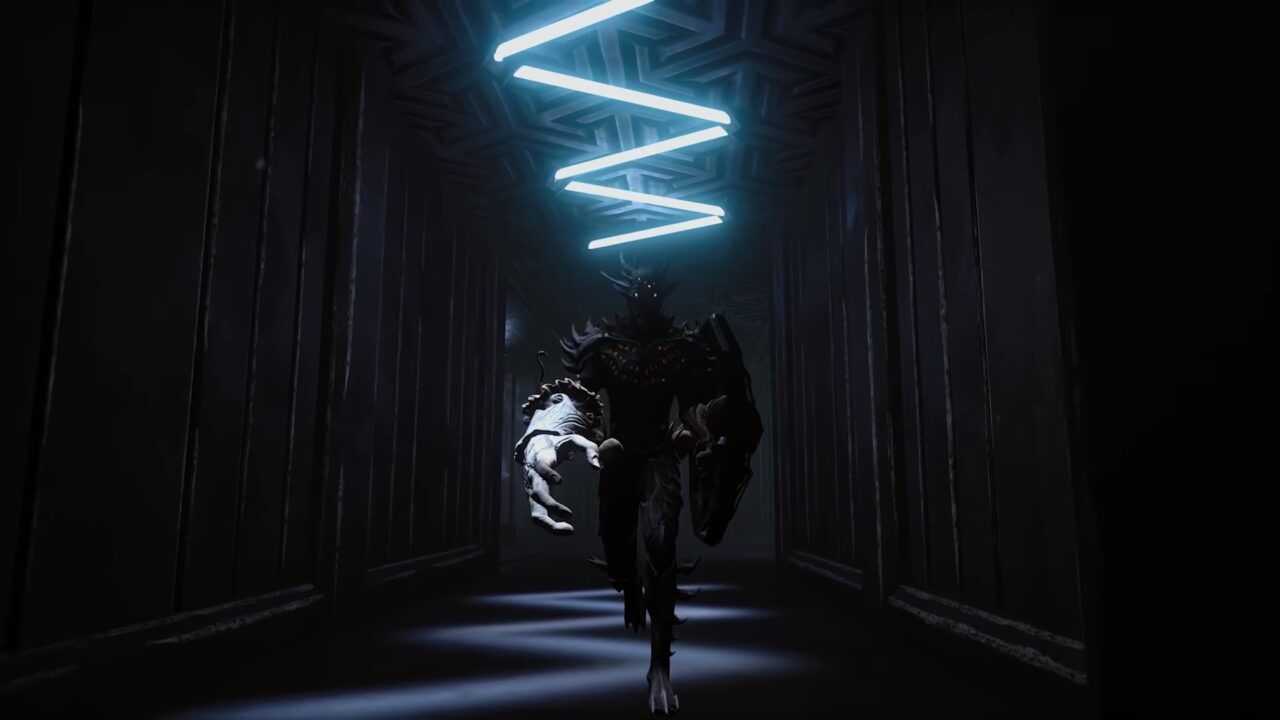
What Hellpoint gets right is the setting and level design. The dark sci-fi setting is gorgeous, resembling a mix of Clive Barker and H. R. Giger. The dark hallways were menacing, and the myriad of grotesque enemies made me eager to see what’s in store for the final game. Also, the portal that serves as a bonfire is really pretty. I don’t really know a clever way to fit that into the article. It’s a small detail, but it was super dope. The levels themselves are also designed in that branching Dark Souls style that made the first so satisfying to explore. In just the first area, there were three different ways to tackle progressing. Even in my short time, I managed to find a shortcut and some secret treasure troves. Exploration is a huge component of this genre, so if Cradle Games can nail that down it can make up for some shortcomings with the combat.
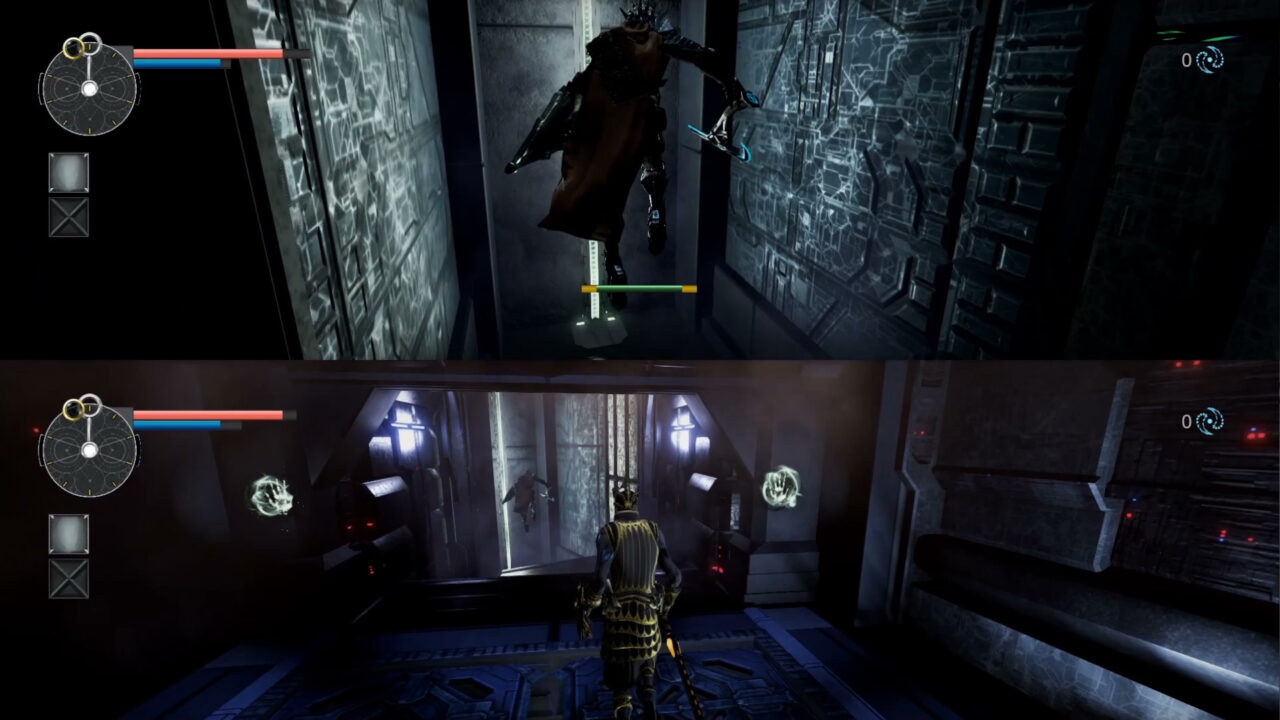
It’s also worth mentioning that the version I played is newer than the trailer. Which is good, because the animations in the trailer look incredibly unpolished. I can’t speak for the entirety of the game, but the bits I saw were far smoother than what you see above.
It’s clear from what I saw of Hellpoint that Cradle Games gets what makes Souls-likes good. The combat is challenging and levels fun to explore. What will really sell me on the game is if they can polish up the combat to feel satisfying. Having blows swipe through my foes without them even wincing isn’t fun. Still, I’ll probably pick it up because of the unique aesthetic. And I’m a junkie. If you want to find out more about Hellpoint, you can check out the Steam store page here. It releases hopefully this year for the PC, PS4, Xbox One, and PC.
Categorized:Horror Gaming News

